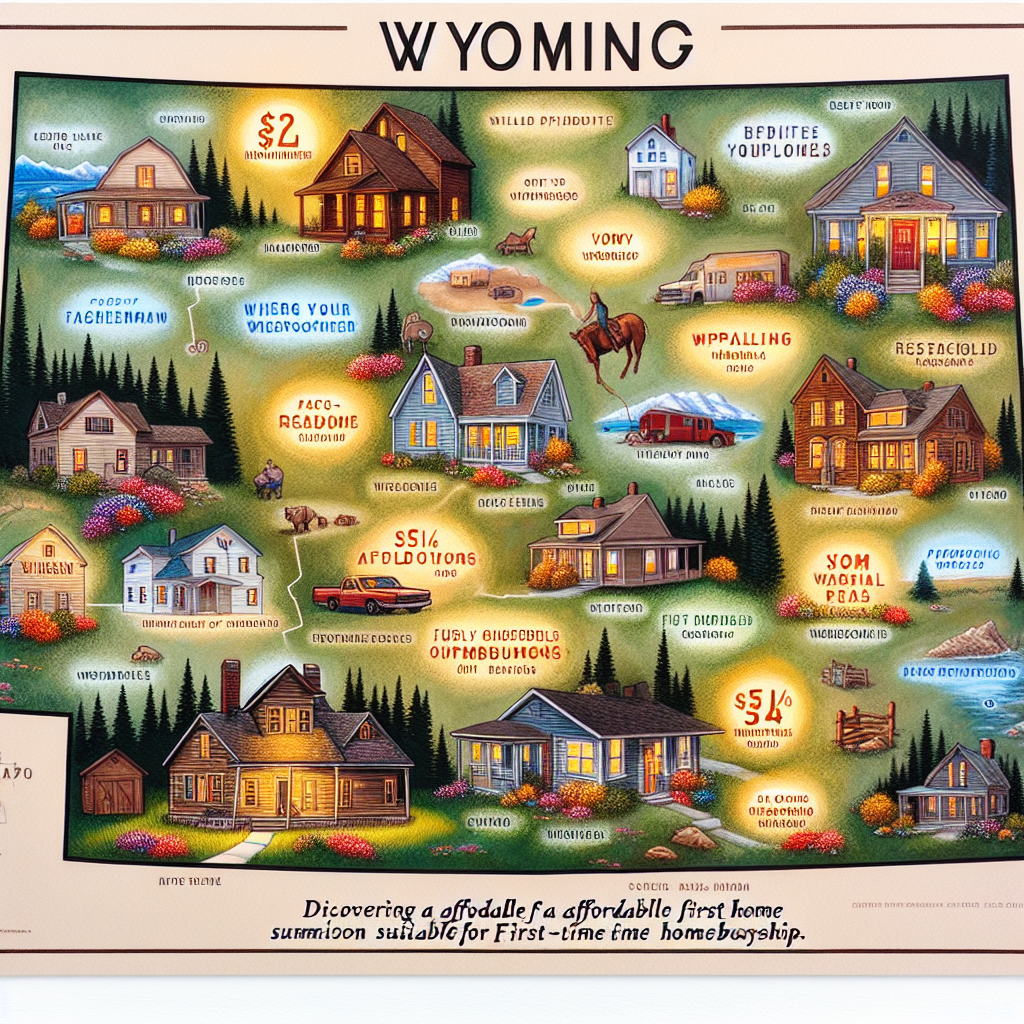Key Insights at a Glance
- Lower-than-usual commission fees set discount real estate brokers apart from traditional agents.
- Before signing on the dotted line, clarify exactly which services the reduced fee covers—and which it doesn’t.
- If you’re selling through a bargain-basement listing agent, keep in mind you might still owe your buyer’s agent a commission.
When Sharon Mather decided to part ways with her Long Beach, California home, she balked at the usual hefty agent commission. After some digging, she landed a discount real estate broker willing to market her property for just 1 percent of the sale price—far below the customary 2.5 to 3 percent traditional agents demand.
She also paid the buyer’s agent 2.5 percent. Thanks to this setup, her house sold swiftly and the combined commission came to 3.5 percent rather than the typical 5 to 6 percent haul.
Crunching the numbers on her $400,000 home, Sharon shelled out $14,000 in fees. Had she gone the conventional route at 6 percent, the tab would have been $24,000. “That’s a tidy slice of savings,” she remarks.
But can discount brokers always be trusted to deliver? Are there hidden catches? Let’s unpack what’s beneath the surface.
Understanding Discount Real Estate Brokers
Sharon found her agent through Clever Real Estate—a nationwide matchmaking service that connects sellers watching their wallets with agents willing to slash their commissions. These discount brokers typically work for fees as low as 1 percent or charge flat rates, commonly a few thousand dollars irrespective of the sale price.
Traditional listing agents usually command between 2.5 and 3 percent commissions. By choosing a discount broker, sellers can pocket thousands. For instance, on a $400,000 sale like Sharon’s, a standard 2.5 percent fee equals a $10,000 charge, while a 1 percent commission would only be $4,000.
Conventional wisdom might suggest that cheaper fees translate into subpar service, but that’s not a given. Business practices differ, yet many discount brokers still handle marketing, listing, and buyer negotiations with the same zeal typical agents show—especially in hot markets where bidding wars erupt, homes move fast, and properties almost sell themselves. As one expert puts it, “Sellers wonder why they paid so much when their home vanished off the market in a flash.”
Snapshot: Real Estate Commission Landscape
Typically, total commissions hover between 5% and 6% of the home’s sale price, split between seller’s and buyer’s agents. In recent years, some buyers now pay their agents directly, altering the traditional seller-pays-all framework. This shift means sellers need to double-check who pays whom and how much, to avoid surprises.
How Discount Brokers Operate
Discount brokers slash their fees, offering either lower percentages or flat fees, but they don’t all run their business alike.
Take Redfin: a nationwide trailblazer that employs agents full-time—unlike most firms where agents are freelancers. Conversely, UpNest offers a platform for sellers to compare fees and services from agents tied to various brokerages.
Clever partners with both national franchises and indie agents, but doesn’t employ them directly. Their model involves easing partner agents’ marketing expenses, boosting their local presence, and enabling them to discount commissions without skimping on service. “By cutting their customer acquisition costs, these agents can afford to lower fees while maintaining quality,” explains a company insider. “An extra 20 listings a year from us means more ‘For Sale’ signs in yards.”
Sharon’s experience backs this up: despite the lower commission, her agent was fast to respond and guided her through a smooth closing. “He was a real dynamo—hard to believe I was paying him just 1 percent,” she says.
The Commission Question: What You’re Really Paying
In our running example, Clever’s fees reflect arrangements involving the National Association of Realtors. While sellers traditionally foot the entire commission bill for both agents, emerging practices mean buyers sometimes pay their own agent’s fees directly. This can complicate the total cost picture—your 1.5 percent payment to your agent might not be the whole story if you also owe the buyer’s agent.
Bottom line: get crystal clear on what your discount covers and the full commission tally.
Pros and Cons of Discount Brokers
Advantages
- Keep more cash in your pocket: Even accounting for buyer’s agent fees, commission savings on your own agent add up.
- Pay for what you need, not extras: Discount brokers often provide necessities like MLS listings and contract help, without charging for fluff you don’t want.
- Shop smart: With multiple discount options on the market, you can weigh fees and services carefully before choosing.
Drawbacks
- Service quality might vary: Not all bargain agents offer the same diligence as Sharon’s; sometimes the cheapest agent isn’t the savviest market expert.
- Less individualized attention: Some low-fee agents juggle many clients, possibly delaying responses when you need them most.
- Extra legwork on you: Know exactly what’s included in the discount fee—you might end up handling more yourself, negating some savings.
Ultimately, opting for a discount broker—someone who charges less than the norm—can be a savvy move for many sellers. But do your homework: confirm the total cost across all parties involved, understand precisely what services come with your discounted fee, and be prepared that some agents might cut corners in service for their reduced pay.



